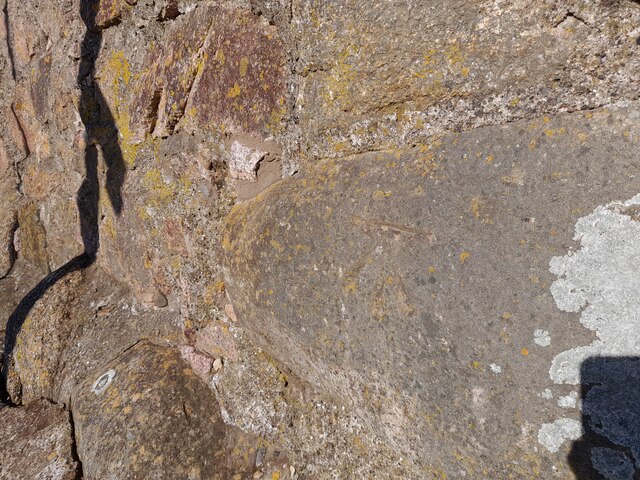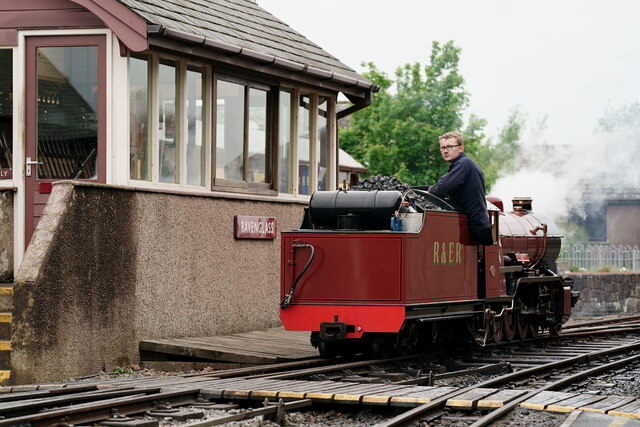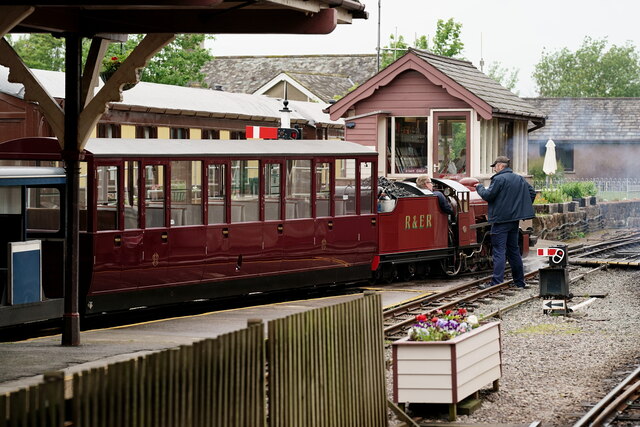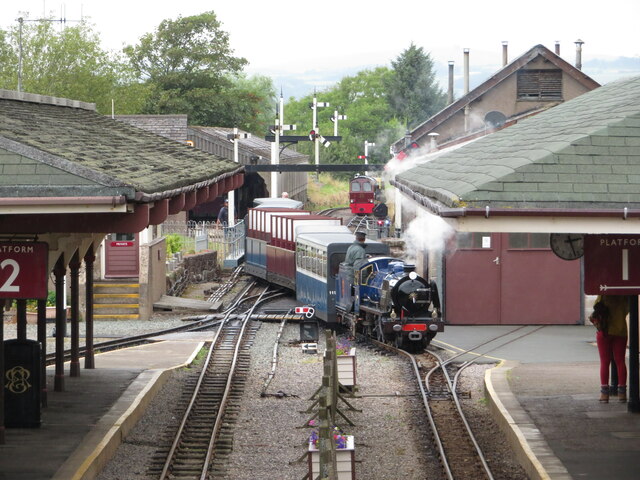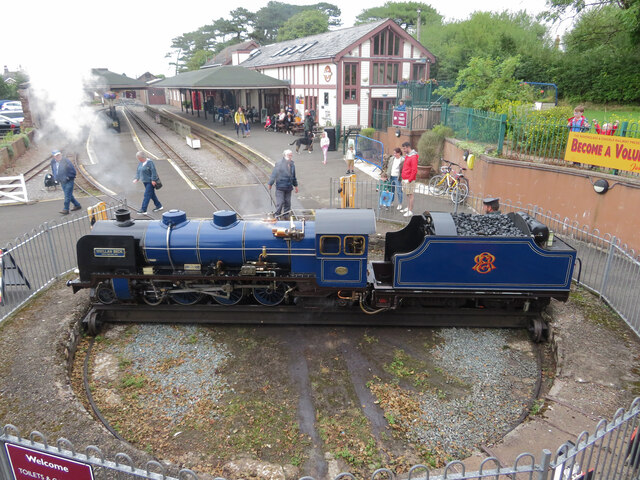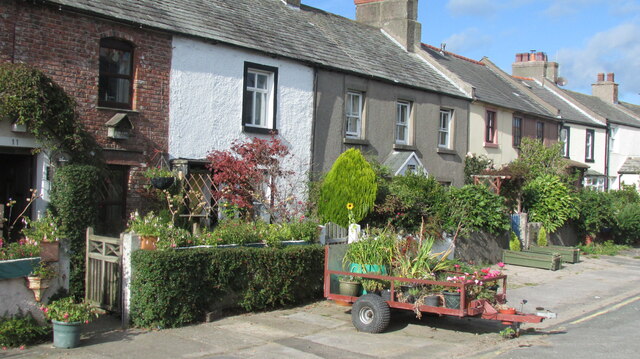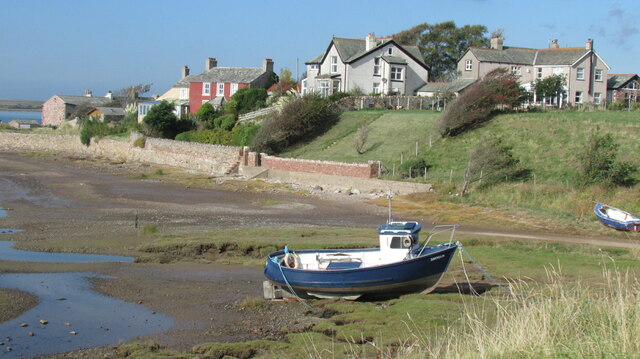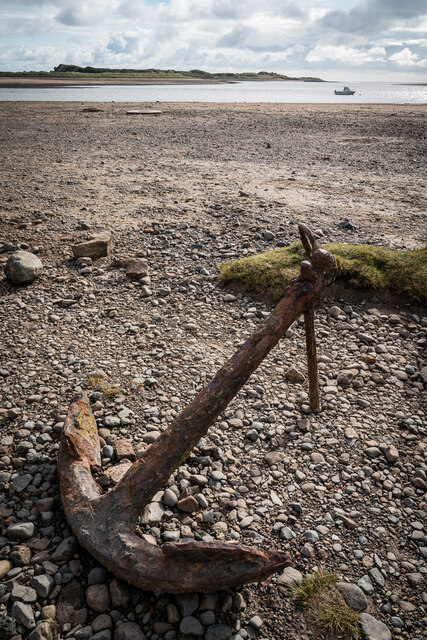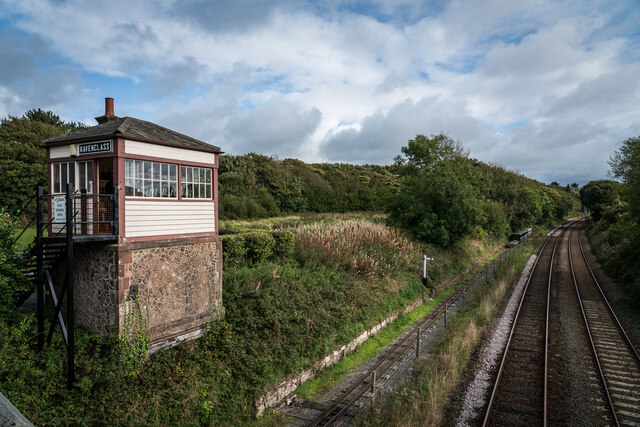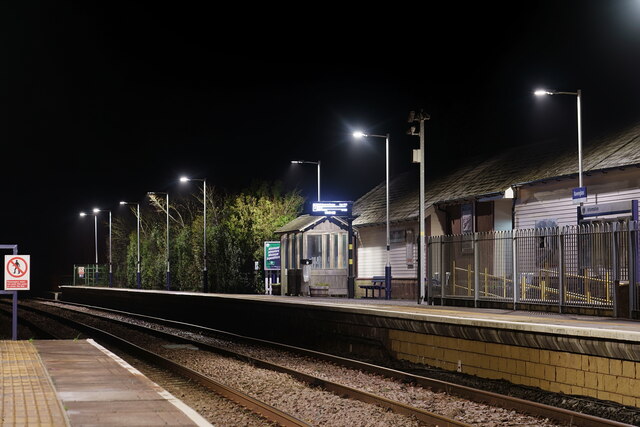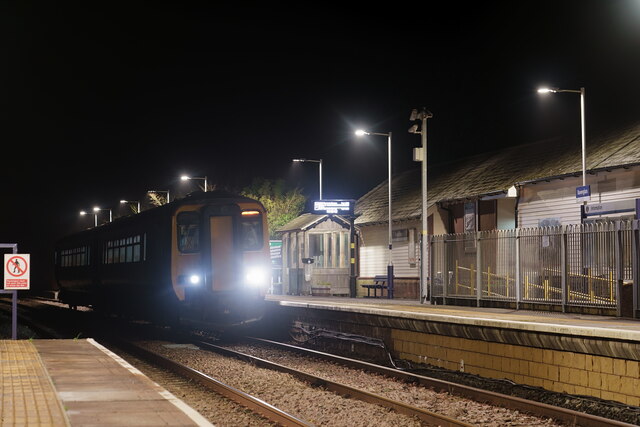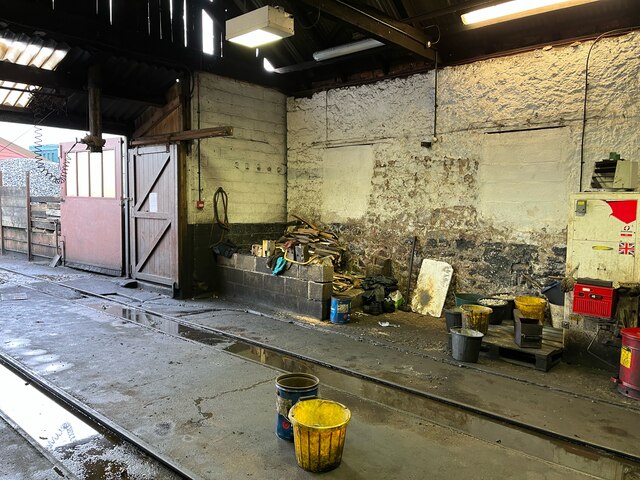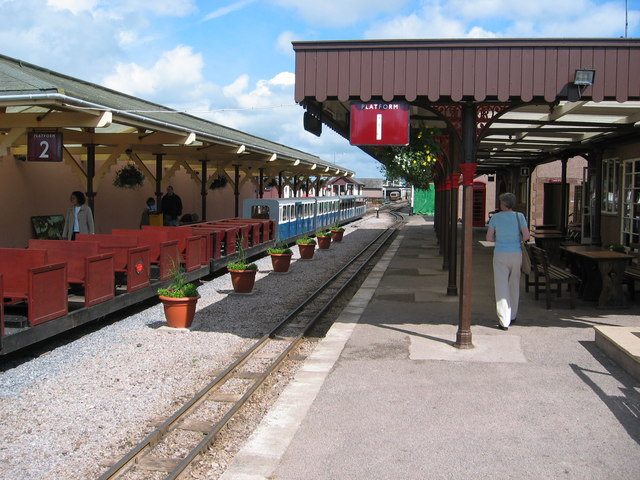Mitebank Marsh
Coastal Marsh, Saltings in Cumberland Copeland
England
Mitebank Marsh
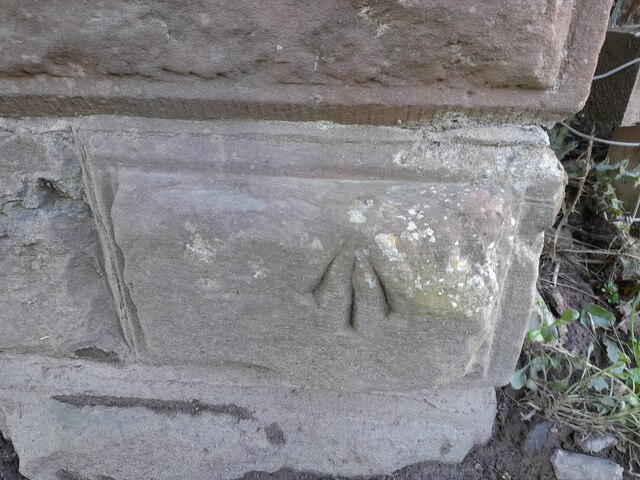
Mitebank Marsh is a coastal marsh located in Cumberland, a county in the United Kingdom. It is situated on the coast, near the town of Mitebank. This marsh is characterized by its unique ecosystem, which consists of a combination of marshland and salt marshes, also known as saltings.
The marsh is primarily composed of wet, muddy terrain, with an abundance of reeds, grasses, and other aquatic plants. These plants provide important habitat and feeding grounds for a wide variety of bird species, including wading birds, ducks, and geese. The marsh is also home to several species of amphibians and small mammals, which thrive in the damp conditions.
One of the defining features of Mitebank Marsh is the presence of salt marshes within the area. Salt marshes are areas of coastal grassland that are regularly flooded by seawater. This creates a unique habitat that supports a diverse range of plant and animal life. The salt marshes at Mitebank Marsh are particularly important for their role in providing a buffer against coastal erosion and protecting the surrounding land from flooding.
Mitebank Marsh is also of great importance for its contribution to local biodiversity and conservation efforts. It is a designated Site of Special Scientific Interest (SSSI), which signifies its ecological significance and the need for its protection. The marsh is carefully managed to maintain its delicate balance of plant and animal species, ensuring its long-term sustainability.
Visitors to Mitebank Marsh can enjoy the peaceful and picturesque surroundings, as well as the opportunity to observe and appreciate the diverse range of wildlife that thrives in this unique coastal environment.
If you have any feedback on the listing, please let us know in the comments section below.
Mitebank Marsh Images
Images are sourced within 2km of 54.363249/-3.4055627 or Grid Reference SD0897. Thanks to Geograph Open Source API. All images are credited.
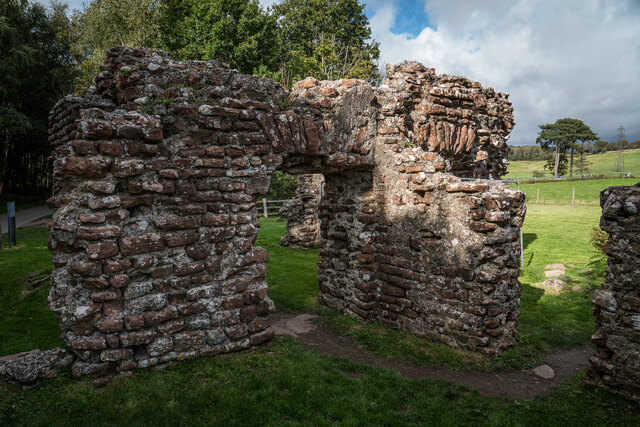
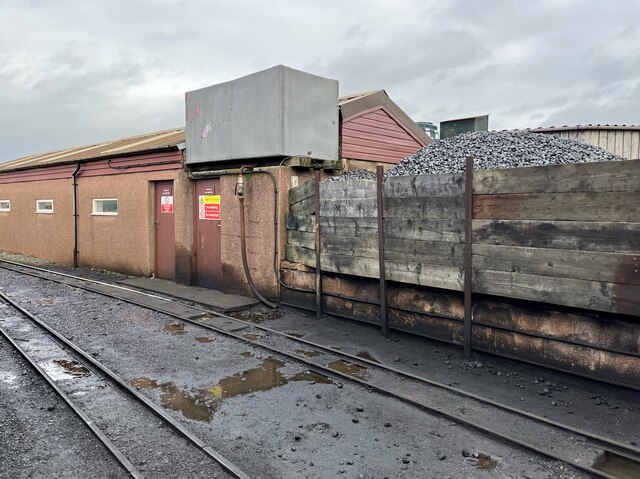
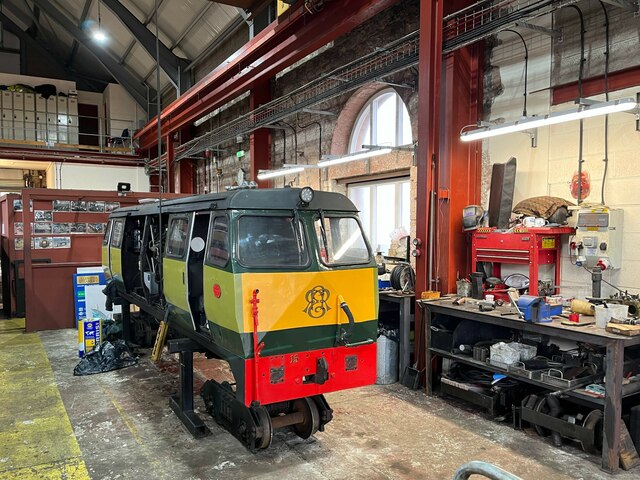
Mitebank Marsh is located at Grid Ref: SD0897 (Lat: 54.363249, Lng: -3.4055627)
Administrative County: Cumbria
District: Copeland
Police Authority: Cumbria
What 3 Words
///media.claim.measuring. Near Seascale, Cumbria
Nearby Locations
Related Wikis
Muncaster War Memorial
Muncaster War Memorial is a First World War memorial in the parish of Muncaster on the west coast of Cumbria in the far north-west of England. The memorial...
River Irt
The River Irt is a river in the county of Cumbria in northern England. It flows for approximately 22 kilometres (14 mi) from its source in Wast Water to...
Ravenglass (R&ER) railway station
Ravenglass Heritage Railway Station is the Western terminus of the Ravenglass and Eskdale Railway. It is situated to the east of Ravenglass main line railway...
Muncaster Mill railway station
Muncaster Mill railway station is a railway station on the 15 in (381 mm) gauge Ravenglass & Eskdale Railway in Cumbria, England. The station is located...
Nearby Amenities
Located within 500m of 54.363249,-3.4055627Have you been to Mitebank Marsh?
Leave your review of Mitebank Marsh below (or comments, questions and feedback).
